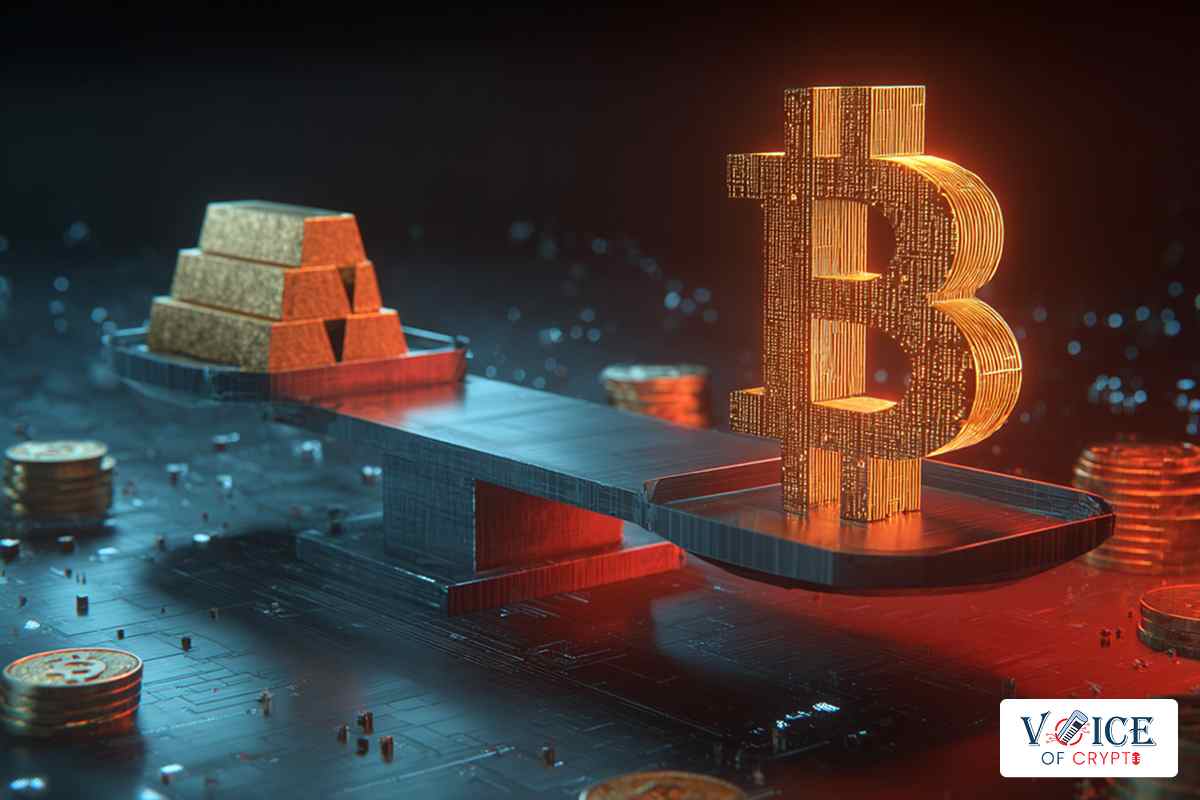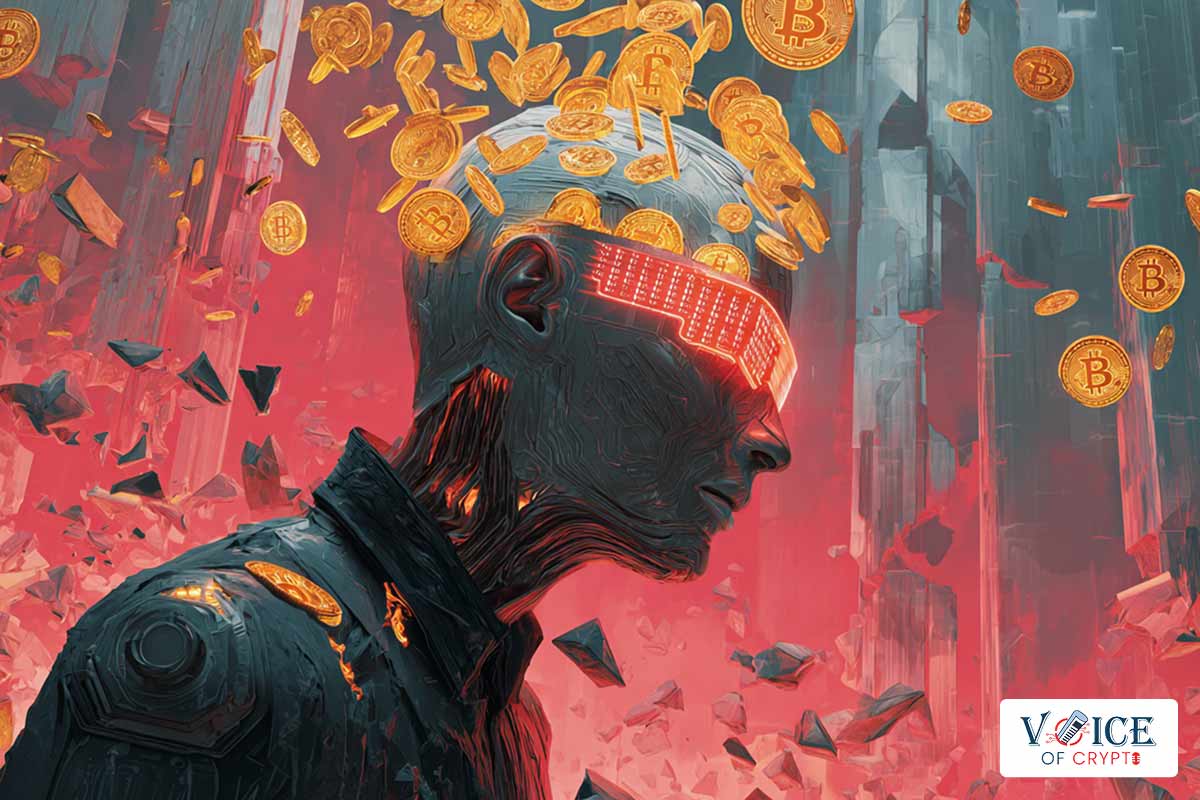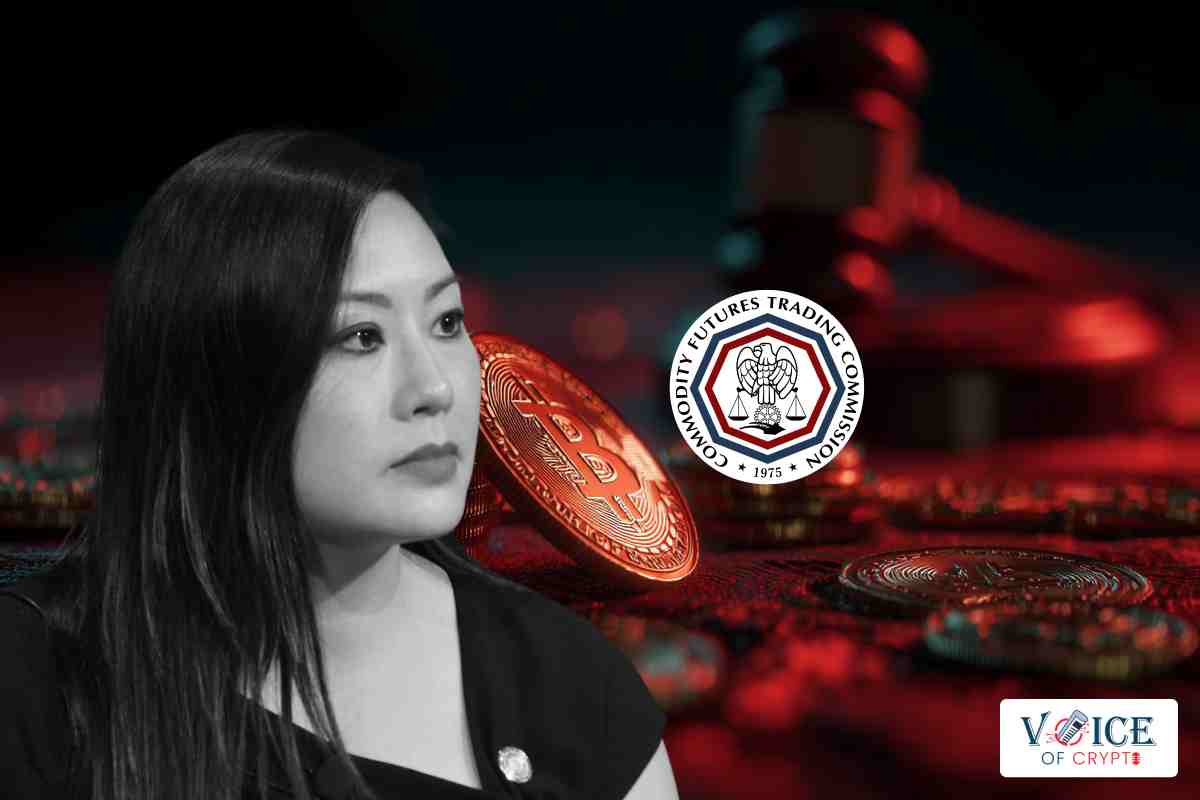Bitcoin’s dual role as “digital gold” stems from its 21 million coin cap and decentralization, acting as an inflation hedge, while its global, divisible, and Lightning Network-enabled transactions make it a borderless currency. Despite volatility challenges, growing adoption by institutions, payment platforms, and nations like El Salvador supports its potential as both a store of value and functional money.
Key Insights
- Bitcoin is often compared to gold because of its scarcity and security.
- It also works as a borderless digital currency that is used worldwide.
- Its rising rate of adoption shows that it can serve both roles effectively.
The idea of Bitcoin digital gold has gained strong support over the years. Since its launch in 2009, Bitcoin has grown from an experiment in online money to a major financial asset.
Many investors now see it as both a hedge against inflation and a new form of global currency.
Why Bitcoin Is Seen as Digital Gold?
The main reason people compare Bitcoin to gold is its built-in scarcity. Only 21 million coins will ever exist. This is a rule that cannot be changed without global agreement from all network participants. This fixed supply prevents inflation and makes Bitcoin rare, much like gold mined from the earth.
Every four years, Bitcoin’s mining reward halves. This process (known as a “halving”) is important because it slows new coin creation and reduces supply growth. Over time, this has strengthened its deflationary nature.
Investors often turn to it as a haven asset when traditional currencies weaken or central banks print more money.
Another important feature is decentralization. Bitcoin operates without a central authority. No government or bank can seize or censor coins held in a private wallet. This independence is very appealing to those seeking control over their own assets.
Senator Cynthia Lummis recently suggested selling gold to fund a US Bitcoin reserve. Figures like Binance founder CZ have also predicted that Bitcoin may one day beat gold in total value.
Prediction: Bitcoin will flip gold.
I don’t know exactly when. Might take some time, but it will happen. Save the tweet. pic.twitter.com/bR4Bq0JeVE
— CZ 🔶 BNB (@cz_binance) October 20, 2025
These views show how far the “digital gold” narrative has spread in both political and financial circles.
Bitcoin as a Global Currency
Even though its role as a store of value has been a headline-grabber, Bitcoin’s original purpose was to serve as electronic cash. Its creator (Satoshi Nakamoto) described it as a “peer-to-peer electronic cash system.”
This foundation is what makes the Bitcoin digital gold debate so interesting. It was built to be money first.
Bitcoin allows users to send value anywhere in the world instantly. It doesn’t rely on banks or payment processors. This borderless transfer system has made it popular in regions where banking access is limited or currencies are unstable.
JUST IN: 🇺🇸 Senator Cynthia Lummis says selling gold to fund a Strategic Bitcoin Reserve could help address the U.S. national debt without borrowing more money
She says owning 5% of the Bitcoin supply could halve the debt in 20 years 🟧 pic.twitter.com/j6HBTEwMM6
— Bitcoin Archive (@BTC_Archive) October 23, 2025
A worker in Argentina or Nigeria can receive payments in Bitcoin within minutes and avoid costly international transfer fees. For people living under strict capital controls or facing high inflation, Bitcoin acts as a lifeline rather than just an investment.
Its divisibility adds to its strength.
Each Bitcoin can be divided into 100 million smaller units called Satoshis. This makes it very useful for both large and tiny transactions. This flexibility is something gold cannot offer.
Faster and Cheaper Payments Through the Lightning Network
One major improvement to Bitcoin’s use as a currency is the Lightning Network. This technology runs on top of the main blockchain and allows for faster and cheaper transactions.
It helps Bitcoin scale for everyday use without clogging the main network.
Users can buy coffee, pay for online services or send money globally in seconds at near-zero cost with the Lightning Network. These upgrades show that Bitcoin’s role as digital money is growing stronger, even while it keeps its “digital gold” reputation.
Volatility and Adoption Challenges
Bitcoin’s biggest weakness as a currency is its volatility. Prices can change by double-digit percentages within days. This instability makes it hard for merchants and consumers to price goods or wages in Bitcoin.
This means that until Bitcoin’s price movements calm down, it will continue to serve mostly as a store of value, rather than a common medium of exchange.
However, many analysts believe that volatility will decline as adoption rises. Larger markets tend to stabilise as liquidity deepens and more institutional investors enter.
Over time, Bitcoin could mature into a stable asset that supports both daily payments and long-term savings.
Growing Mainstream Acceptance
Bitcoin’s acceptance continues to grow across industries. Payment platforms, online stores and even governments have started to integrate it. El Salvador and the Central African Republic have recognised Bitcoin as legal tender.
On the other hand, major companies like PayPal and Stripe have enabled Bitcoin transactions for international users.
Institutional investors have also taken notice. Hedge funds and corporations are holding Bitcoin as part of their reserves, and are treating it as a digital hedge against currency decline.
This rising confidence supports its “digital gold” role while strengthening its case as a functioning currency.
Disclaimer: Voice of Crypto aims to deliver accurate and up-to-date information, but it will not be responsible for any missing facts or inaccurate information. Cryptocurrencies are highly volatile financial assets, so research and make your own financial decisions.









